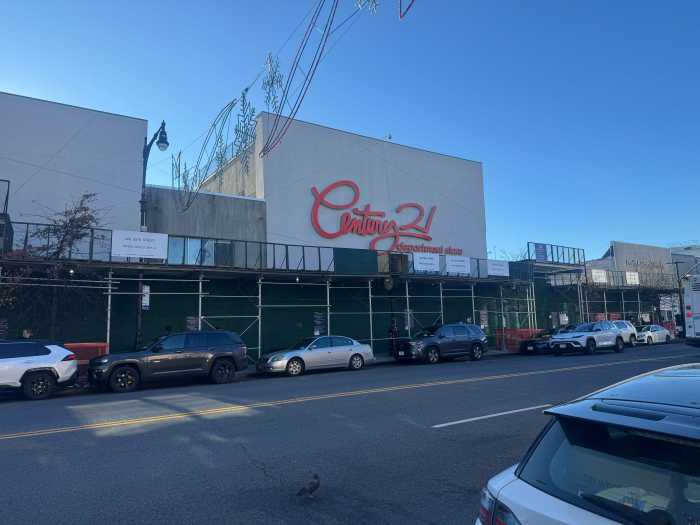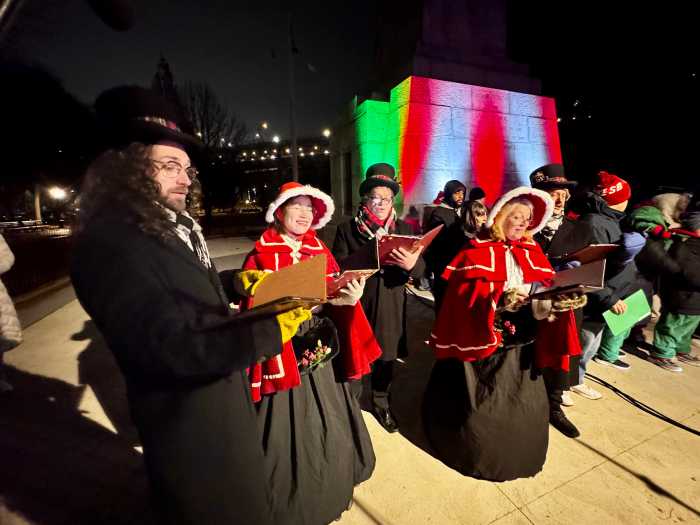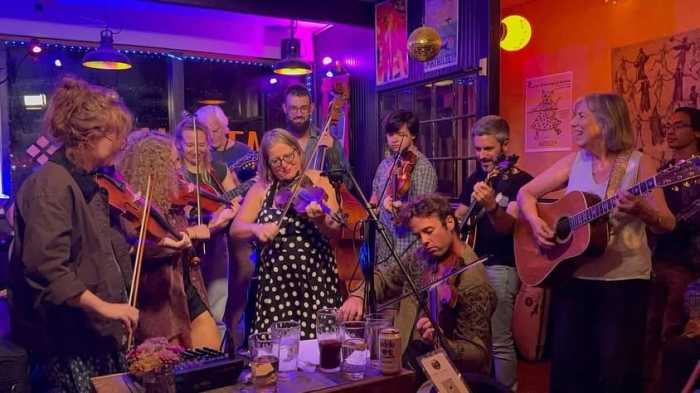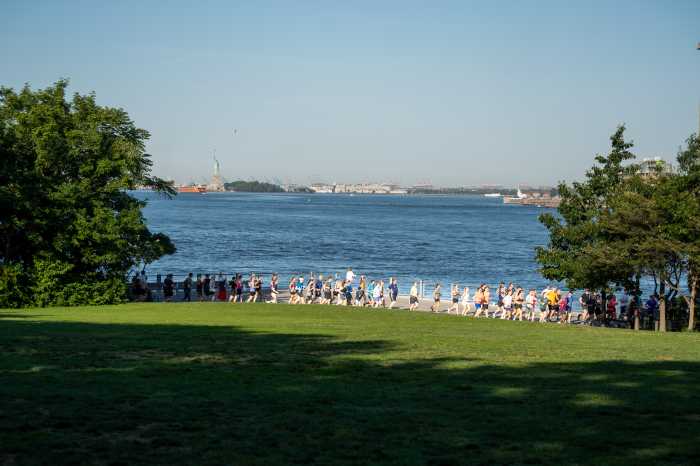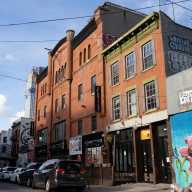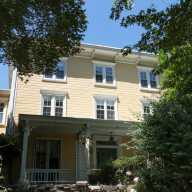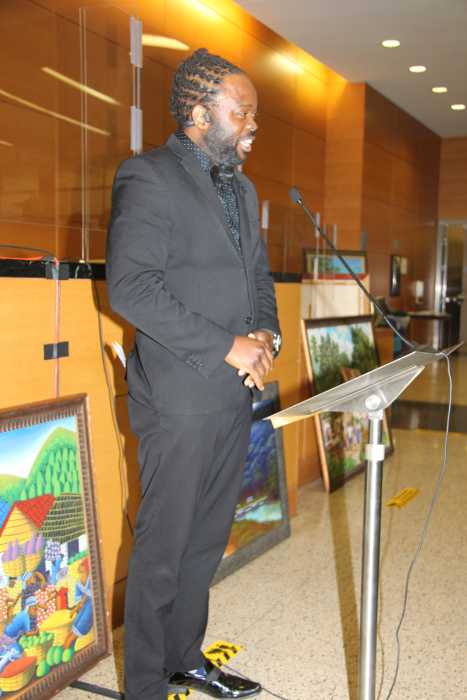Modern Bay Ridge pays constant homage to its history.
Annual parades and celebrations honor its Italian, Irish, and Norwegian heritage and its more recently-established Middle Eastern community. In some areas, like Fort Hamilton or the Visitation Monastery, the nabe’s past is a clear part of its present.
But Bay Ridge is also full of overlooked, less-famous historic sites dating back centuries. Take a deep dive into some of the nabe’s most storied locations, and find out the history behind some of its less-showy spots.
Denyse Wharf
In the 18th century, when Bay Ridge was still part of New Utrecht, a man named Denyse Denyse lived in a homestead near what’s now the Belt Parkway. From a small wharf — Denyse Wharf — he ran ferries between Bay Ridge and Staten Island.
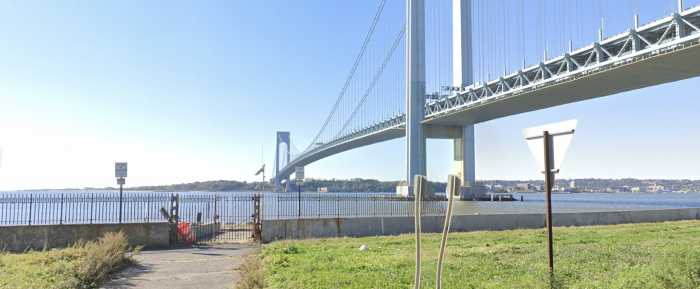
In August 1776, British troops used Denyse Wharf to enter Brooklyn ahead of the infamous Battle of Brooklyn. According to Friends of Historic New Utrecht, the Americans weren’t expecting an attack from Bay Ridge, and left the area undefended — and many locals were loyalists, one of whom signaled the British to begin their invasion. Some tried to fight them off, but their efforts were no match for British cannons, which destroyed Denyse’s home.
Today, despite its historic significance, the wharf has largely crumbled in the shadow of the Verrazzano-Narrows Bridge, and is blocked off from public entry. Its remains can be seen from the Bay Ridge Promenade just south of the Verrazzano.
Former Crescent Athletic Club/Fort Hamilton High School
Fort Hamilton High School sits on the grounds of a once-famous sports club, the Crescent Athletic Club.
The club was founded in 1884, and purchased part of the Van Brunt Estate along Shore Road, between 82nd and 86th streets, in 1889. There, the Crescent Athletic Club turned the old home into a country club and built fields and courts for tennis, baseball, football, rugby, and more.
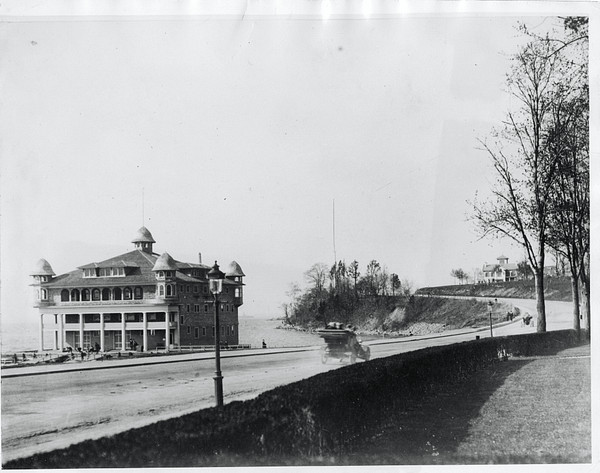
The facility was popular and very busy, hosting concerts, lectures, dinners and dances alongside sports games, and its teams, the New Mooners, were talented. In 1902, it held the first Davis Cup tennis match, and in 1911, then–president William Howard Taft traveled to Brooklyn to watch a lacrosse match on the grounds.
In 1931, the Crescent Athletic Club — which had become the largest social club in Brooklyn — moved to Long Island and closed its Bay Ridge facility. The city purchased the property in 1936, and Mayor Fiorella LaGuardia laid the cornerstone for the new Fort Hamilton High School in 1940. Today, the school’s athletic fields sit on what used to be the Crescent Athletic Club fields.
Barkaloo Cemetery
At the corner of Narrows Avenue and MacKay Place is what may be the smallest cemetery in Brooklyn.
The Barkaloo cemetery is believed to have been the private family cemetery of the Barkaloo family (whose last name is spelled in many variations across headstones and history.) It’s the final resting place of two revolutionary war soldiers, Simon Cortelyou and Harms Barkulo, and Maria Barkeloo. Historians believe more people may be buried in the graveyard, but that their headstones and records have been lost to time.
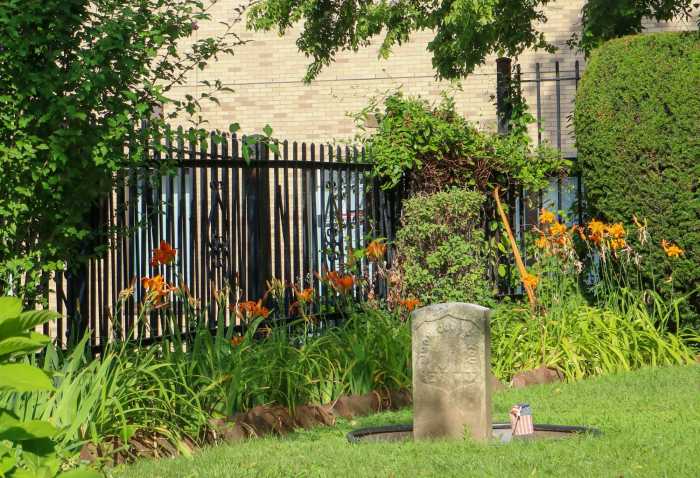
Locals have taken responsibility for maintaining the cemetery, which had, over the years, fallen into disrepair, with no clear steward to care for it.
Subway stations
Though the R line today is often a source of frustration, its arrival in the neighborhood heralded a new age for Bay Ridge.
The Bay Ridge Avenue, 77th Street, and 86th Street stations opened in 1916, as part of the expansion of the BMT Fourth Avenue line. That expansion started a “building boom” in Bay Ridge, newspapers reported at the time, as hundreds of buildings went up around the newest subway stations.
Ridgeites marked the opening of its first three stations with pageantry and celebrations, according to Hey Ridge, and the line was extended all the way to Bay Ridge-95th Street in 1925.
More than 100 years later, the stations have been renovated and modernized, and not much of their historical significance is left. But, the next time you’re waiting for a delayed train, remember that the Bay Ridgeites of old were thrilled by the newest subway stations.
Doctor’s Row
The final hidden Bay Ridge historical gem is not one location, but an entire street — Bay Ridge Parkway between Fourth and Fifth avenues, also known as Doctor’s Row.
Doctor’s Row is Bay Ridge’s only historic district, and includes 54 mostly-intact row houses built between 1906-1913. Most of the homes were purchased and inhabited by doctors, who used the basements for their practices.
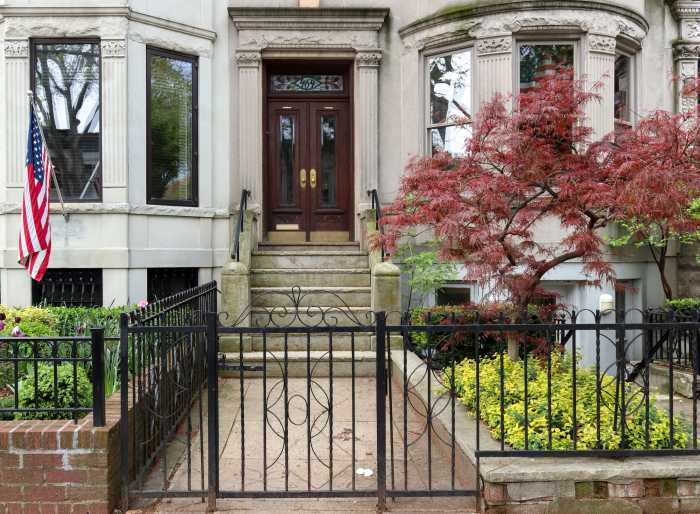
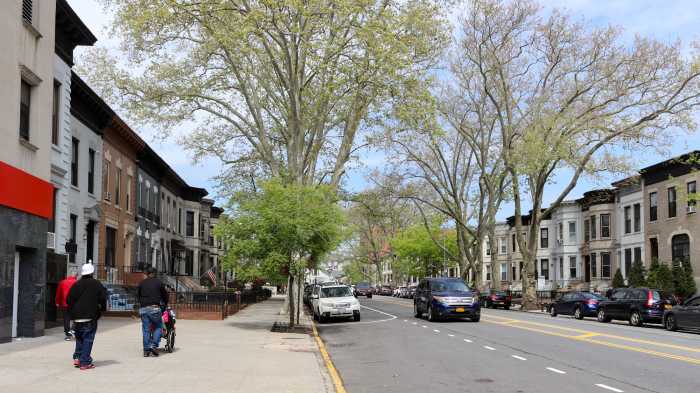
The homes, which have been meticulously preserved, were mostly build by one man and just two architects, and the entire street looks almost identical to how it did in the 20th century — giving a glimpse into what it would have been like to explore the neighborhood in the 1900s. Many medical professionals still live on the block, according to the city’s Landmarks Preservation Commission, continuing a long local tradition.



